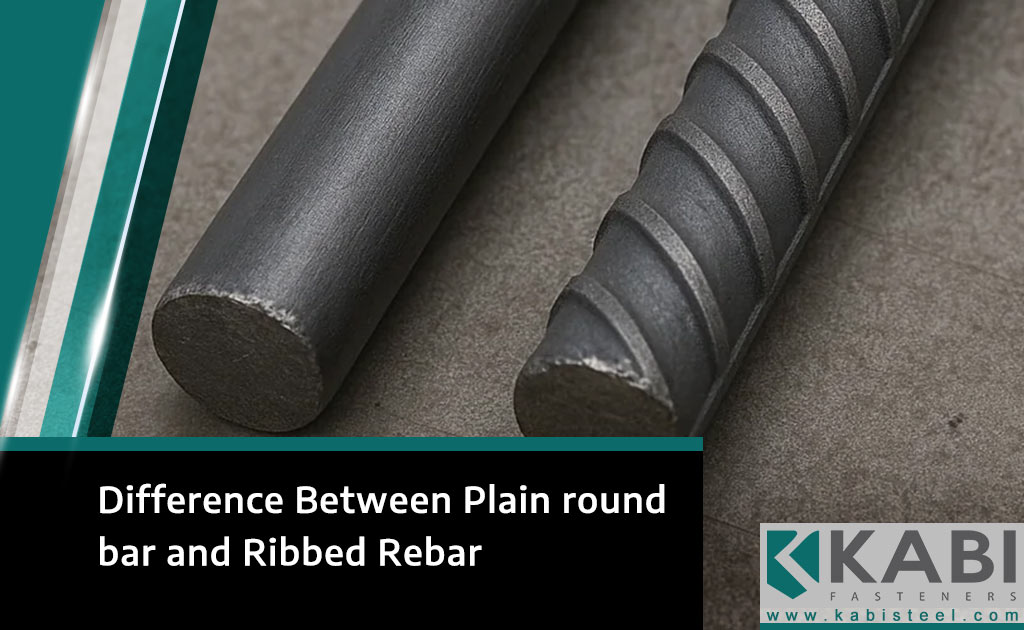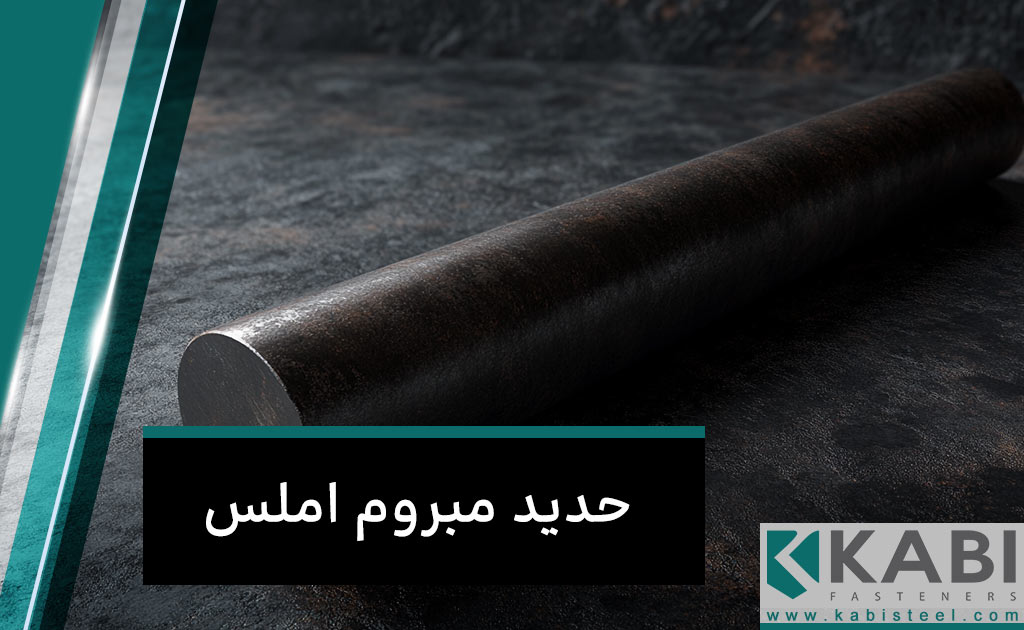
- +98 939-202-0264
- pr@kabisteel.com





In the intricate landscape of steel manufacturing, the integration of ASTM standards is foundational for ensuring precision, reliability, and safety. This article explores the profound impact of ASTM standards in specific steel processes, highlighting their pivotal role in guaranteeing quality and fostering innovation.
Hot rolling is a critical process in steel manufacturing, and ASTM A36 standards serve as a benchmark for excellence. This section delves into how adherence to ASTM A36 standards ensures structural integrity, setting a standard for reliability in diverse construction applications.